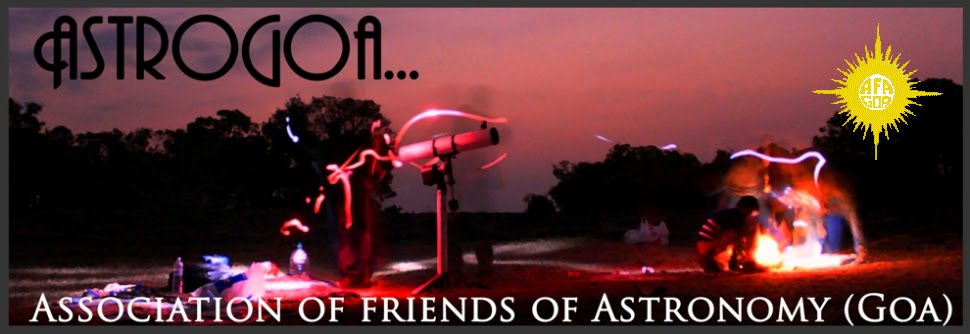

The “feel good” factor has returned to the Indian Space Research Organisation. On April 20, 2011 ISRO’s PSLV—C16 rocket successfully launched into orbit Resourcesat 2 - the latest remote sensing satellite; YouthSat an Indo-Russian satellite; and Singapore’s X-Sat. There is nothing new about this achievement, considering that ISRO has had 16 consecutive successful launches of this vehicle between 1994 and 2010. What is however significant about this particular launch is that it came after two major GSLV launch failures in 2010 and the controversy over the Devas Multimedia broadband spectrum deal.
For many years ISRO was viewed as the major success story of India’s scientific establishment - more so because it was a public sector organisation and therefore admired by many. But recent events had somewhat put ISRO’s reputation at stake.
The April 15 launch of GSLV D3 and the December 25 launch of GSLV F06 failed. There were apprehensions about the GSLV D3 launch because an Indian-make cryogenic engine was being tested for the first time. However, the December failure came as rude shock because the rocket was carrying a Russian made cryogenic engine. This particular shock stemmed from the fact that the launch failed during its first stage the design of which was based on the PSLV.
These two failures were followed by the Devas controversy. The ‘scam happy’ electronic media went all guns blazing after ISRO, claiming that this was a scam bigger than the 2G corruption scandal. ISRO’s scientific establishment is good at rocket science, but lacks the street smartness to tackle the hostile media. The jury is still out on the Devas deal but available information indicates that the ‘situation’ is not as bad as it has been made out to be. Against this backdrop the success of the PLSV launch has been most welcome.
The launch of Resourcesat 2 is important for India’s remote sensing programme. India currently has ten remote sensing satellites in space. Resourcesat 2 is meant to replace Resourcesat 1, which fortunately is still going strong in spite of the fact that its designed life span ended in 2008. The new satellite is an improvement on the Resourcesat 1, particularly with regard to the swathe of the LISS-4 camera, which has been increased from 23 km to 70 km. Also, its accuracy in terms of the measurement of the electromagnetic radiation (radiometric accuracy) has been enhanced. Resourcesat 2 also carries the additional Canadian payload consisting of an Automatic Identification System (AIS) designed for surveillance of ships. Perhaps, the AIS will help India address the issue of piracy.
The second satellite on board the PSLV-C16 was YouthSat, a product of Indo-Russia collaboration. This project was proposed by former president Dr. Abdul Kalam during his visit to Russia in 2005. This satellite has three sensors, one of which is Russian. As per the initial plan, this satellite was supposed to be designed, developed and operated by university students to provide them hands-on experience and create a common platform for aerospace students globally. M.V. Lomonosov of the Moscow state university was involved in the project, though, strangely, there is no information about the participation of Indian universities. The satellite is meant to study the characteristics of the upper atmosphere from 50 km to 1000 km, knowledge which could come handy during future human visits to other planets.
X-Sat, the third satellite onboard the PSLV-C16, was Singapore’s first indigenous satellite. This is more of a demonstration satellite for learning more about remote sensing and onboard image processing. This is the 26th satellite launched for a foreign country by the PSLV, and shows that India is making its presence felt in the growing commercial space launch market.
Surprisingly, the Comptroller and Auditor General of India (CAG) recently raised objections over ISRO’s remote sensing programme because a few of them have underperformed. CAG is also of the opinion that the data generated by this vast satellite network has remained unutilised. It also has issues with ISRO’s Hyderabad-based National Remote Sensing Agency (NRSA), which is responsible for remote sensing satellite data acquisition and processing and other related matters. It has been observed that ISRO has not expanded its customer base for remote sensing products. There are also some unresolved issues related to rate fixing. It is, however, important to keep in mind that CAG reports only make a cost-benefit analysis. Space science will never grow if viewed only through the narrow prism of costs and benefits.
From ISRO’s point of view it is important to move ahead by learning from the failures and the criticism. The CAG report indicates that there is much scope for improvement. May be, the commercialisation of space is happening rapidly and ISRO is not able to handle both commercial and technical aspects. It is time perhaps for the government to reorganise the space commission. Multi-tasking was possible in the past but, now, with the increased mandate this appears to be becoming difficult for ISRO. There is a need to create a cadre of professional managers to manage the commercial interests of ISRO. There is also a growing need for using satellite technology for both internal and external security purposes. It would be inappropriate to expect ISRO to conduct research and development as well as work on ambitious projects like the Mars mission, human space flight programme, etc. simultaneously. It is important to separate the scientific, commercial and military roles.
Source: http://www.idsa.in/

